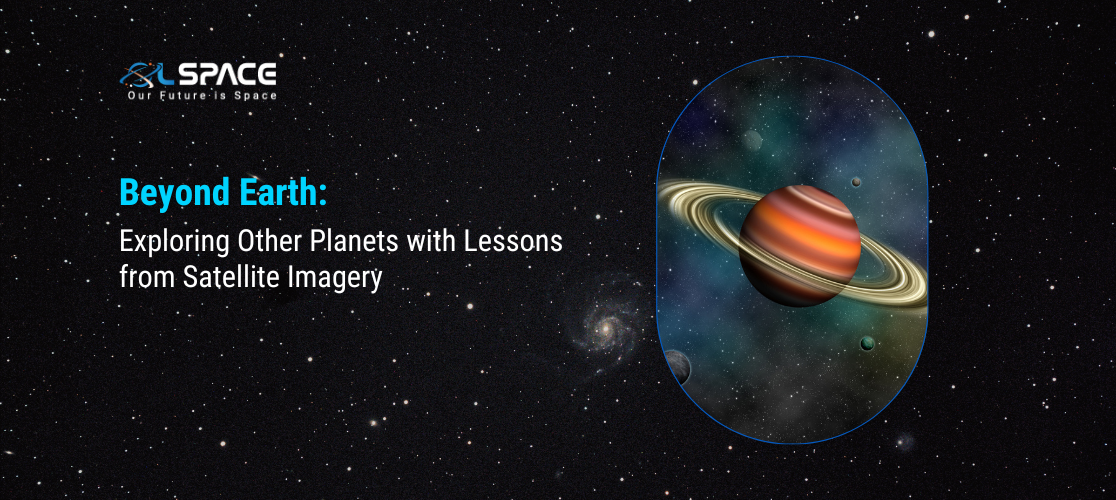24 May 2024
Beyond Earth: Exploring Other Planets with Lessons from Satellite Imagery

The exploration of space has always captivated the human imagination. From the barren landscapes of the Moon to the distant realms of Mars and beyond, the quest to understand the mysteries of the universe drives us to push the boundaries of our technological capabilities. In this blog post, we will delve into the fascinating world of exploring other planets, drawing insights from our experiences with satellite imagery here on Earth.
1. Understanding Other Planets through Satellite Imagery:
Just as satellites orbiting Earth provide us with invaluable insights into our own planet, similar technology can be leveraged to study other celestial bodies in our solar system. From the rugged terrain of Mars to the icy plains of Europa, satellite imagery offers a window into the geology, atmosphere, and potential habitability of these distant worlds.
2. Mapping Planetary Surfaces:
Satellite imagery allows scientists to create detailed maps of other planets, revealing their topography, geological features, and surface composition. By analysing these images, researchers can gain valuable insights into the geological processes that have shaped these alien landscapes over millions of years.
3. Studying Atmospheric Conditions:
Satellites equipped with specialised instruments can also study the atmospheres of other planets, providing data on temperature, pressure, and atmospheric composition. This information is crucial for understanding the climate and weather patterns of other worlds, as well as their potential for supporting life.
4. Searching for Signs of Life:
One of the most tantalising questions in planetary science is whether life exists beyond Earth. Satellite imagery plays a vital role in this quest by helping scientists identify potential habitats for life, such as regions with liquid water or organic molecules. By studying these areas in detail, researchers hope to uncover clues that could shed light on the possibility of extraterrestrial life.
5. Lessons Learned from Earth:
While exploring other planets presents unique challenges, many lessons can be gleaned from our experiences with satellite imagery here on Earth. From developing advanced imaging techniques to optimising data analysis workflows, the knowledge gained from studying our own planet can inform and enhance future missions to explore other worlds.
Conclusion:
As humanity continues to venture into the cosmos, satellite imagery will undoubtedly play a central role in our quest to explore other planets. By leveraging the lessons learned from our experiences with Earth observation, scientists can unlock the mysteries of the solar system and perhaps even discover new worlds teeming with life. In the words of Carl Sagan, “Somewhere, something incredible is waiting to be known.
